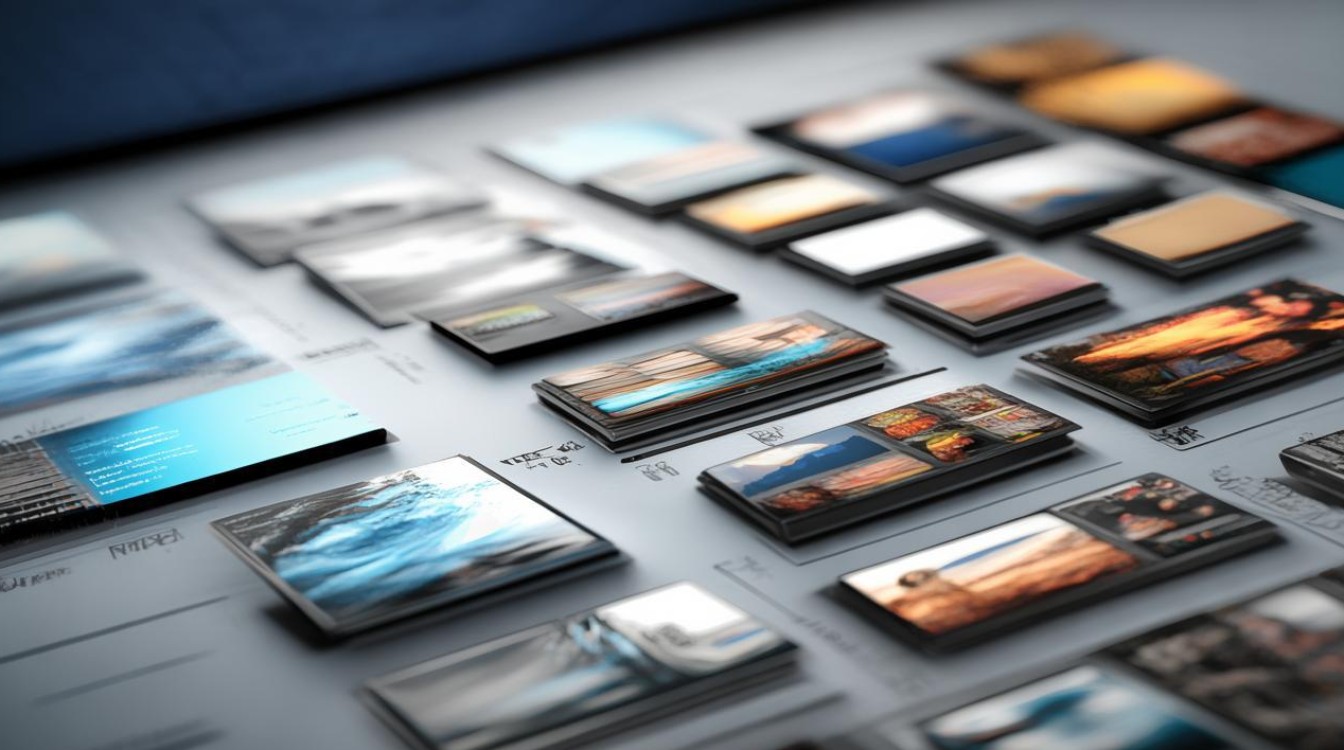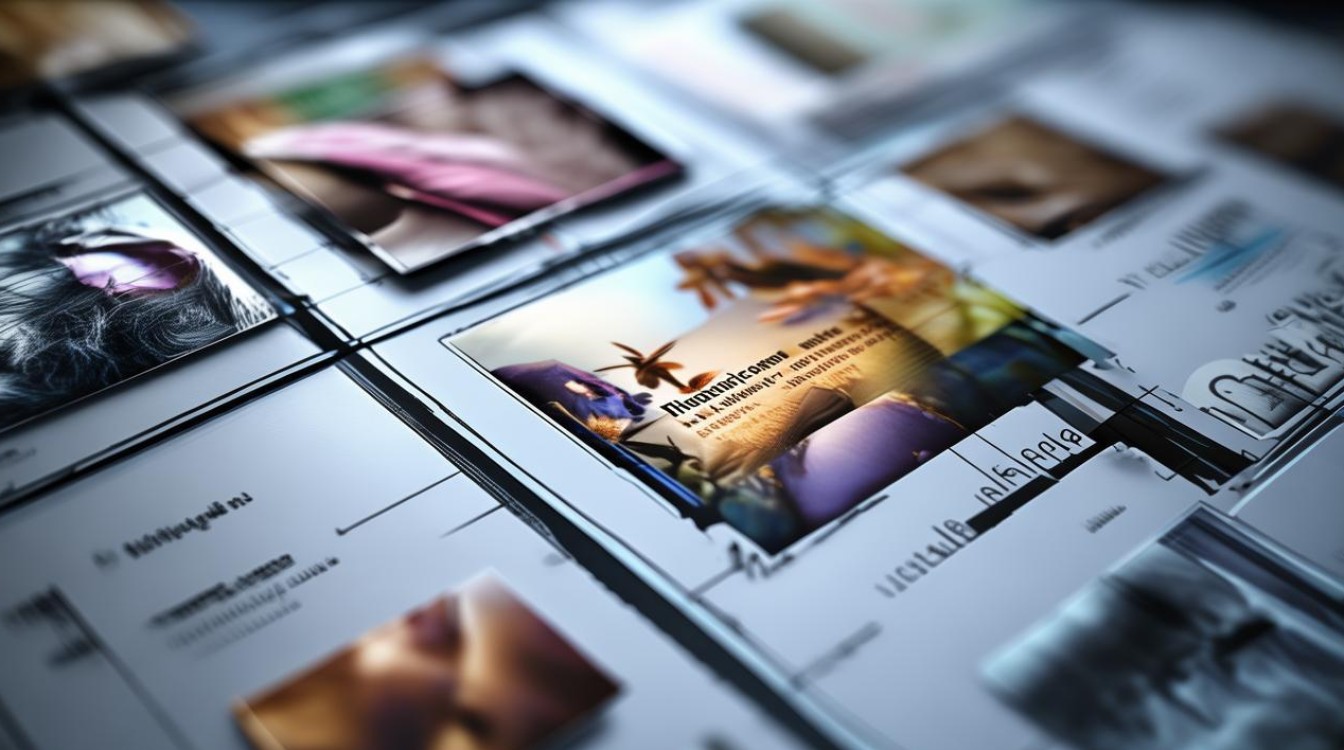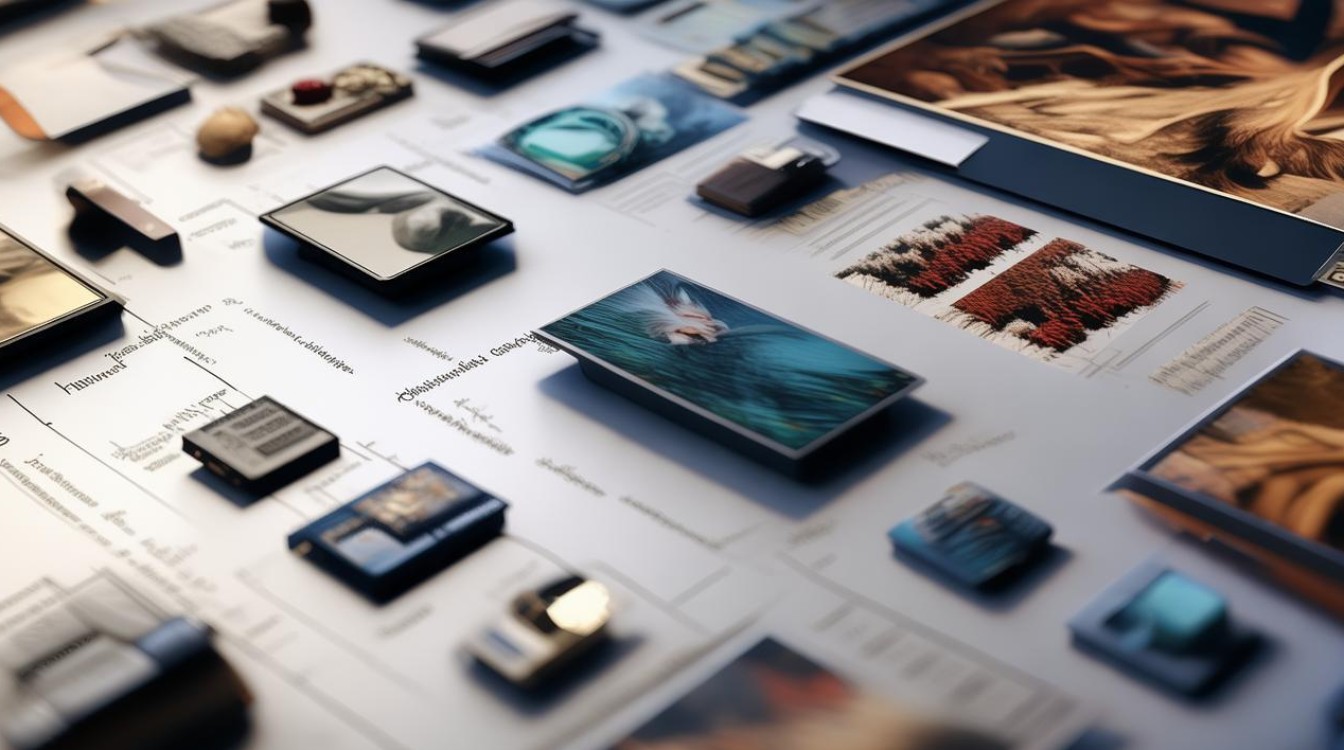Images play a crucial role in communication, education, and digital content. Whether you are a student writing an English essay or a professional creating online material, knowing how to describe various image types accurately is essential. This article explores common image categories, their characteristics, and how to discuss them effectively in English.

Photographs
Photographs are the most familiar type of image, capturing real-life moments using cameras. They are widely used in journalism, social media, and personal documentation.
Key Features:
- Realistic representation – Photographs depict actual scenes, people, or objects.
- Lighting and composition – Proper lighting and framing enhance visual appeal.
- High resolution – Quality depends on camera settings and editing.
How to Describe in English:
When writing about photographs, focus on details like colors, emotions, and context. For example:
"The photograph shows a vibrant sunset over the ocean, with golden hues reflecting on the water. The silhouettes of palm trees add depth to the scene."
Illustrations
Illustrations are hand-drawn or digitally created images, often used in books, advertisements, and branding. Unlike photographs, they can be stylized or abstract.
Key Features:
- Artistic interpretation – Illustrators use creativity rather than realism.
- Versatility – Can range from simple sketches to complex digital art.
- Purpose-driven – Often designed for storytelling or branding.
How to Describe in English:
Highlight the style and intent behind the illustration. Example:
"The cartoon-style illustration features exaggerated facial expressions, making the characters appear lively and humorous."
Infographics
Infographics combine images and text to present data clearly. They are popular in education, marketing, and reports.

Key Features:
- Data visualization – Uses charts, graphs, and icons.
- Simplified information – Makes complex topics easier to understand.
- Color-coded elements – Enhances readability.
How to Describe in English:
Focus on the information being conveyed. Example:
"The infographic breaks down global population growth using a bar graph, with each color representing a different continent."
Screenshots
Screenshots capture what appears on a digital screen, useful for tutorials, troubleshooting, and presentations.
Key Features:
- Exact digital replication – Shows interfaces, messages, or errors.
- Functional purpose – Often used for guidance or evidence.
- Minimal editing – Typically unaltered for accuracy.
How to Describe in English:
Explain the context and content. Example:
"The screenshot displays a software error message with a red warning icon and troubleshooting instructions."
Memes and GIFs
Memes and GIFs are widely shared in digital culture, often humorous or relatable.
Key Features:
- Cultural relevance – Reflects trends and internet humor.
- Short and impactful – Designed for quick consumption.
- Repetitive formats – Many follow recognizable templates.
How to Describe in English:
Discuss the humor or message. Example:
"The meme uses a popular cat image with bold text sarcastically commenting on procrastination."

Vector Graphics
Vector graphics are digital images created using mathematical formulas, allowing infinite scaling without quality loss.
Key Features:
- Scalability – Remains sharp at any size.
- Clean lines and shapes – Ideal for logos and icons.
- Editable elements – Can be modified easily.
How to Describe in English:
Mention precision and usage. Example:
"The company logo is a vector graphic with smooth curves and sharp edges, ensuring clarity on both business cards and billboards."
3D Renderings
3D renderings are computer-generated images simulating three-dimensional objects, used in gaming, architecture, and product design.
Key Features:
- Realistic depth and texture – Mimics physical objects.
- Light and shadow effects – Enhances realism.
- Customizable perspectives – Can be rotated or zoomed.
How to Describe in English:
Focus on realism and application. Example:
"The 3D rendering of a modern house showcases detailed textures, from brick walls to glass windows, providing a lifelike preview."
Paintings and Artwork
Traditional or digital paintings express creativity and emotion, often seen in galleries and online portfolios.

Key Features:
- Unique style – Reflects the artist’s technique.
- Emotional impact – Conveys mood through colors and strokes.
- Historical or cultural significance – Some paintings carry deep meanings.
How to Describe in English:
Analyze the artistic elements. Example:
"The oil painting uses bold brushstrokes and warm tones, evoking a sense of energy and movement."
Choosing the Right Image Type
Selecting the appropriate image depends on the purpose:
- Educational content benefits from infographics and diagrams.
- Marketing materials often use photographs and vector graphics.
- Entertainment and social media rely on memes and GIFs.
Understanding these distinctions improves communication, whether writing an English essay or designing a website. Clarity in describing images ensures readers grasp visual content effectively.
Accurate image descriptions enhance engagement and comprehension. By mastering these terms, writers and creators can present visuals more effectively, making content more appealing and informative.


